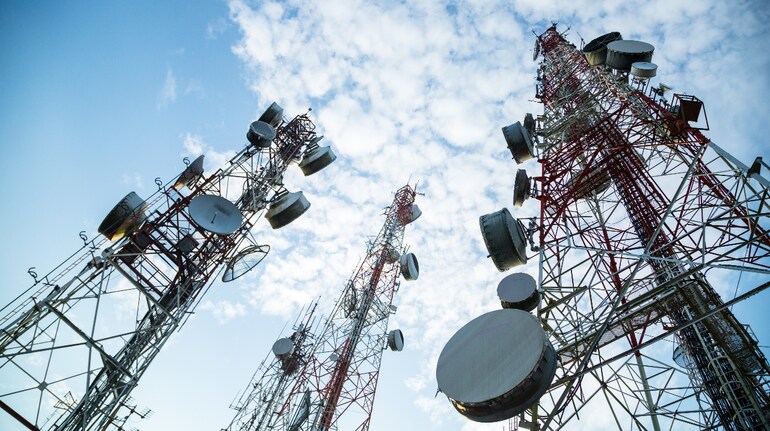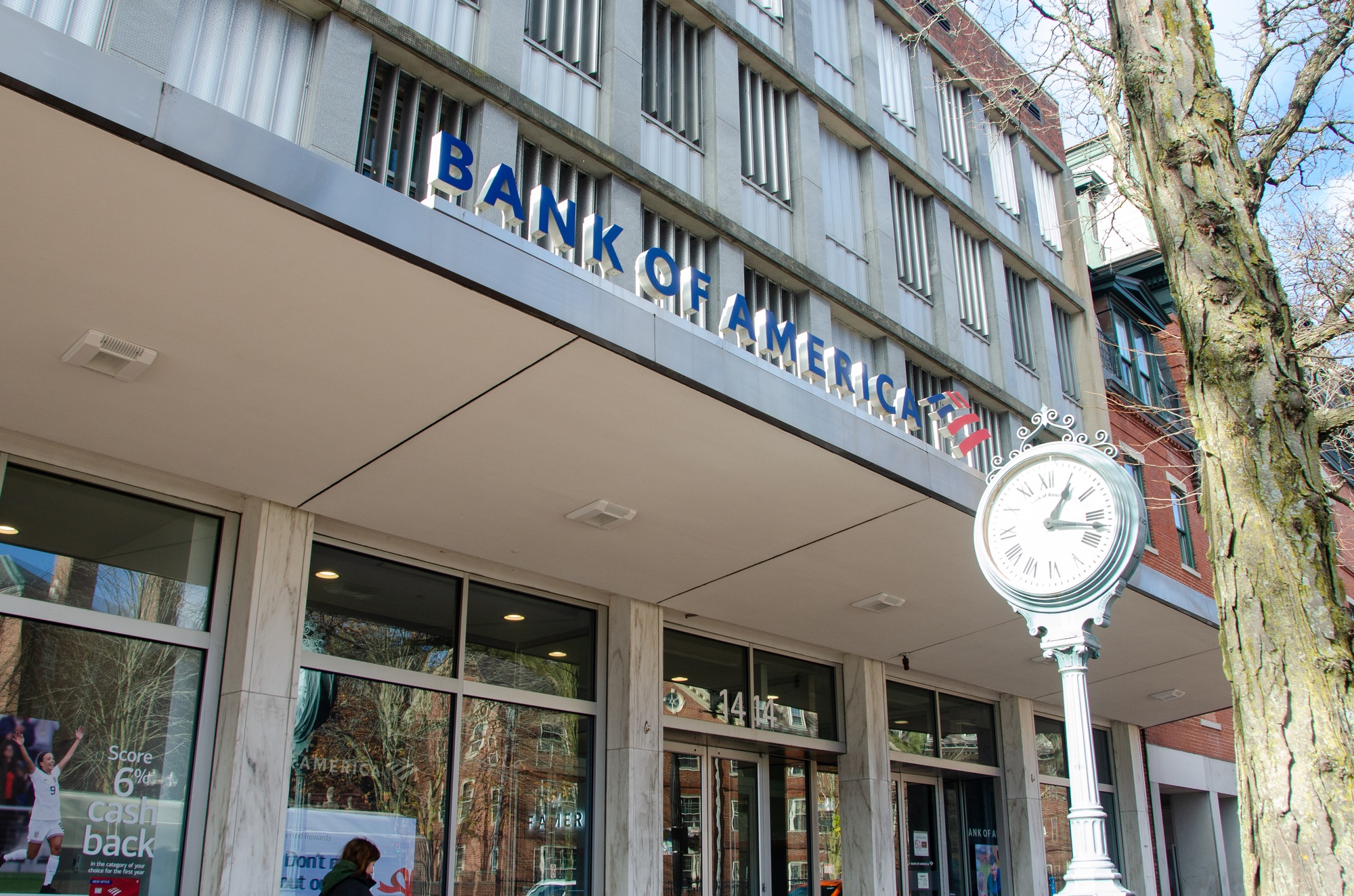(Representative Image)
With Vodafone Idea’s market share falling below 20 percent and Reliance Jio planning a public listing within two years, the days of ultra-low tariffs may be over for India’s mobile phone users, perking up return ratios for Bharti Airtel and Jio.
The share price of the two leading telecom operators have been reflecting this optimism. Bharati Airtel’s share price has risen from the Rs. 640 levels in July to a recent peak of Rs 850, and currently trades at Rs 828.
Since 2019, Bharti Airtel’s share price has nearly tripled and is currently at an all-time high. Reliance Industries’ share price has been somewhat volatile because of the swings in its refining business, one steady reason for optimism in the stock has been the telecom business. Since the Covid lows, even Reliance Industries has gained more than two-and-a-half times.
In the wake of uncertainties around several other sectors either on account of global factors or slowing growth in the local market, could 2023 be another great year for telcos?
Bharti Airtel recently increased tariffs for its entry-level plans by about 57 percent in Haryana and Odisha on a trial basis.
The past few years have been difficult for India’s telecom companies. Their financials have been stressed because of low tariffs and fierce competition after Reliance Jio started services in September 2019 with its cheap data and call plans.
Tariff hikes
Telcos started increasing tariffs in December 2019 amid the acute financial stress they faced after reporting historic losses on account of provisioning for adjusted gross revenue dues payable to the government.
The highest tariff hike of 50-60 percent was in 2019 and that was followed by a 20-25 percent increase in November-December 2021, after foregoing one in 2020 due to the pandemic.
While tariff hikes have helped provide some reprieve, their financial burden increased after incurring heavy expenses related to the acquisition of 5G spectrum and the starting of services with the faster mobile communication standard.
Telcos spent Rs 1.5 lakh crore collectively to acquire 5G spectrum during the July-August 2022 auction. According to EY, a cumulative investment of Rs 92,100 crore to Rs 141,100 crore will be needed for various building blocks of 5G during the period from 2022 to 2027.
The rollout of 5G services will also increase their debt burden as telcos invest in building the nationwide infrastructure needed to provide 5G services.
Debt burden, return on investment
The aggregate debt of the major telecom service providers is likely to touch Rs 6.2 lakh crore by March 2023, an increase of about 30 percent from Rs 4.73 lakh crore at the end of FY22, according to rating company CareEdge. This comes on the back of an estimated annual instalment outgo of Rs 13,400 crore towards spectrum purchases and an investment outlay estimated at Rs 3 lakh crore in the next three years (FY23-25).
But can 5G truly deliver on this investment and by when? Analysts suggest 5G use cases will take time to roll out and then pay-off – telcos have been readying themselves with use cases to digitize a number of industries including automotive, healthcare, energy and utilities.
Ericsson projects 5G-enabled Business-to-Business (B2B) opportunity for Indian telcos to reach $17 billion by 2030. Jio has been focusing on 5G-as-a-service to enterprises, 5G robotics implementing services such as heavy lifting and logistics at warehouses, healthcare robots for medical assistance and 5G connected drones and so on.
Airtel has also been partnering for use cases including Augmented Reality/Virtual Reality (AR/VR), Artificial Intelligence, Machine Learning (AI/ML), 5G-powered quality inspection, smart factory and healthcare. Vodafone Idea has been developing use-cases in gaming, smart workplaces, education, healthcare and agriculture.
Telcos will need to pay their spectrum dues in 20 equal annual instalments at an interest rate of 7 percent; a two-year moratorium is offered in case they opt for upfront payment. Jio, Bharti and Vodafone Idea will pay an estimated $1 billion, $500 million and $200 million per annum, respectively, for the spectrum purchases, including the interest component.
Jio, Bharti, Vodafone Idea
With some funding raised through share sales over the past few years, leaders Jio and Bharti are set on a path of deleveraging and seem to be in a relatively better position to meet these additional expenses.
With a higher debt to service ratio, Vodafone Idea’s market share falling below the minimal level for survival, and Jio’s plan to go public in two years, tariff increases look more certain than ever.
The effects of the tariff hikes were reflected in their improved Average Revenue Per User (ARPU), a key performance metric for telcos. ARPU for the second quarter of FY22 increased by more than 20 percent on a year-on-year (YoY) basis for all three telcos.
Analysts expect that telcos will likely increase tariffs by 10 to 20 percent in the next 6-12 months.
According to Citigroup, if Bharti Airtel succeeds in implementing its trial tariff increases across all the circles it operates in, its mobile revenue could rise by 2.5-3 percent. Airtel can successfully implement this plan only if rival Reliance Jio also increase tariffs.
“If the competition follows, it will result in faster deleveraging of balance sheets and boost the generation of free cash flow, both being critical to telcos as they are currently spending significantly to roll out 5G networks,” ICICI Securities said in a report.
In its latest earnings call, Airtel MD Gopal Vittal said, “Our South Asia and India ROCE is at 8.4 percent. For a business that takes risk and puts in substantial capex in order to drive digital adoption in India, we believe this level of ROCE is very low. The only way to help remedy this situation is a tariff correction.”
ROCE is short for Return On Capital Employed, a a financial ratio used to assess a company’s profitability and capital efficiency.I
Vittal said ARPU was actually higher seven years ago at almost Rs 200.
“If you look at the pricing structure today in India, whether it is ARPU or whether it is the rate per megabyte or rate per gigabyte, it is the lowest in the world, lower than sub-Saharan Africa, lower than our neighbouring countries here, low in Southeast Asia, let alone the developed markets. So every player will want a return on capital,” he said.
Profitability
For Reliance Jio, improved profitability coupled with the possibility of an IPO in the next couple of years may incentivise it to raise tariffs. ICICI Securities says Jio is in a good position to raise tariffs while still keeping it 20% more affordable.
“Bharti’s and Jio’s free cash flow generation will improve as operating cash flow growth will more than offset incremental spectrum-related payments and the increase in 5G-related capex,” says Fitch ratings. “We believe that 5G capex in 2023-2024 will replace current 4G capex, as 4G coverage is largely complete. Telcos will also continue to strengthen their fibre infrastructure by connecting towers with fibre and backhaul infrastructure to prepare for the launch of 5G services.”
Cash-strapped Vodafone Idea, which has been losing subscribers, may benefit if consumers find the price hike by Airtel aggressive and move to its service. Additionally, Vodafone Idea also has an opportunity to hike its price and still make it relatively affordable while also boosting its revenue and increasing subscribers. While this will give Vodafone Idea a chance to earn its survival, it may hardly come at any significant cost to Bharti or Jio given its financial position does not place it in any position to effectively compete in the market.
“We believe capex will continue to remain muted till it improves its cash position either through a fund raise or further tariff hikes,” JP Morgan said about Vodafone Idea.
Vodafone Idea CEO Akshaya Moondra echoed the sentiment in its latest earnings call.
“It is important to note that despite the price intervention made in the last one year, tariffs in India continue to remain at unsustainable levels. And we believe that industry needs further tariff correction to support the continued investments,” Moondra said.
Vodafone Idea is struggling with its 5G services rollout, making fundraising critical. The company had accumulated losses of Rs 1.6 lakh crore in the last four financial years and Rs 2.2 lakh crore of net debt (excluding lease liabilities) on its balance sheet, comprising deferred spectrum payment obligations of Rs 1.37 lakh crore.
The company has been in talks with lenders to raise Rs 20,000 crore for its capital expenditure, 5G rollout and vendor payments, which have been stalled because the government is yet to convert its interest on dues into equity as part of its telecom relief package.
“VI stares at a precarious position and continues to perform worse than peers. This is crucial to consider as it is already below the critical 20 percent market share levels,” r B&K Securities said in a report. “This is important as telecom has become a capex heavy model, where returns are driven by operating leverage. This will not be possible at such low market share levels, as pricing will be set by leaders who shall be at ~2x market share.”
Earnings Per Share
For Reliance Industries, while Earnings Per Share (EPS) expectation for the next year looks slightly lower than previously expected by analysts due to higher interest and taxation, overall EPS growth is expected to be strong over the next few years. Brokers estimate an average of around 22.7x and Rs. 109 as the P/E (price-earnings multiple) and EPS for FY23E respectively.
Similarly, EPS growth for Airtel is also positive with significant growth expected in the next year or so. The consensus for P/E and EPS for FY23E is approximately 51x and Rs. 17 respectively. For Vodafone Idea, expectations have been further lowered, and EPS remains negative for the foreseeable future.
Predictably, RIL has been maintained as a strong buy by analysts, thanks to an expected tariff hike, market share gain and lower Spectrum Usage Charge with few negative catalysts such as higher operating expenses and depreciation.
Improving network quality, increasing data consumption and ARPU largely boosts Airtel’s valuation outlook by analysts with some concerns regarding costs of funding and 5G roll out slowing profitability. Vodafone Idea, on the other hand, has been maintained as a sell by analysts, owing to increasing debt, lagging market share and its struggle with 5G rollout making future growth outlook uncertain.
Disclaimer: Moneycontrol is a part of the Network18 group. Network18 is controlled by Independent Media Trust, of which Reliance Industries is the sole beneficiary.
Source: news.google.com






